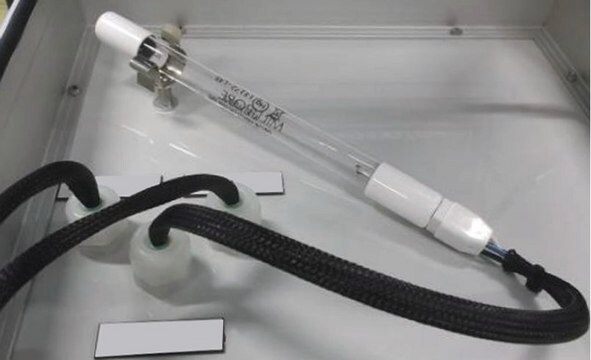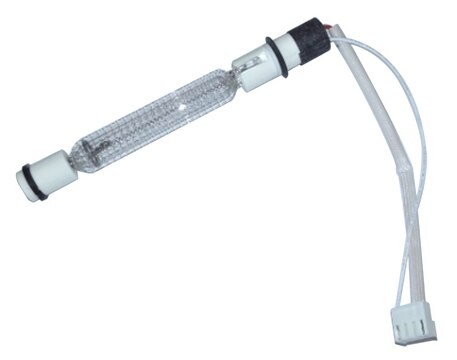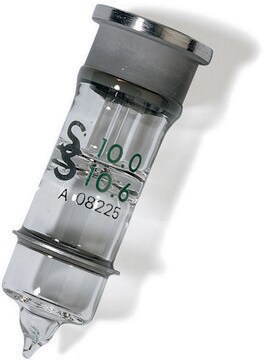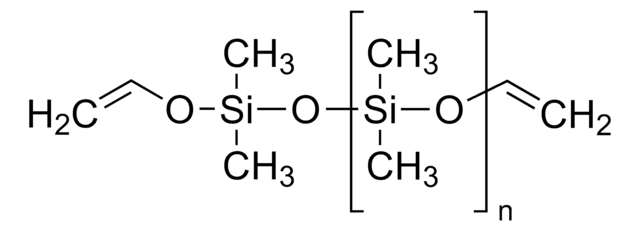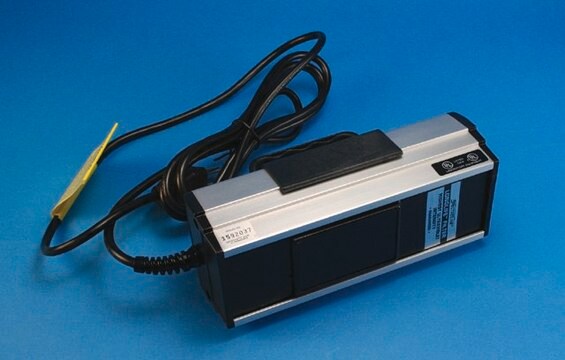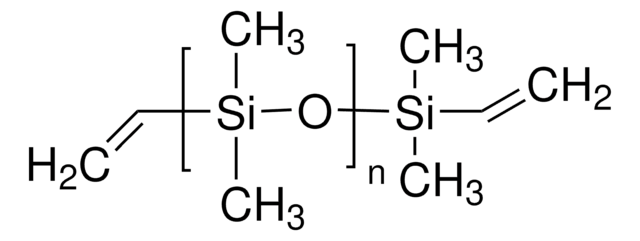Wszystkie zdjęcia(1)
Key Documents
22626
PID Lamp
Model 108, diam. 0.781 in., potential 10.0/10.6 eV
, krypton bulb gas
Zaloguj sięWyświetlanie cen organizacyjnych i kontraktowych
About This Item
Kod UNSPSC:
41115700
Polecane produkty
Materiały
krypton
Średnica
0.781 in.
Szukasz podobnych produktów? Odwiedź Przewodnik dotyczący porównywania produktów
Opis ogólny
Photoionization detector is suitable to detect and measure the presence of organic vapours. PID lamps emit ultraviolet light to ionize organic vapour molecules. During ionization, free electrons are generated which produce a current proportional to the number of ions present and resulting signal is interpreted as total organic vapour concentration. The most popular PID lamp is the 10.2-eV which has the highest photon flux hence has high sensitivity.
We offer high quality PID lamps manufactured by Andrews Glass Co.
Model 108 is the most commonly used PID lamp. The 0.781 in. (1.98 cm) base diameter is compatible with OI Model 4430, Tracor, and Baseline photoionization detectors.
Model 103C is the original PID lamp (developed by Scientific Services Co). The 1.375 in. (3.49 cm) base diameter is compatible with HNU and SRI detectors.
Model 108 is the most commonly used PID lamp. The 0.781 in. (1.98 cm) base diameter is compatible with OI Model 4430, Tracor, and Baseline photoionization detectors.
Model 103C is the original PID lamp (developed by Scientific Services Co). The 1.375 in. (3.49 cm) base diameter is compatible with HNU and SRI detectors.
Zastosowanie
PID lamp 10.6eV may be used for determination of volatile organic compounds in atmosphere in grab sampling and in situ analysis using Portable Gas Chromatography.
Cechy i korzyści
Compatible with Tracor, OIC Model 4430, and Baseline photionization dectors.
This page may contain text that has been machine translated.
Wybierz jedną z najnowszych wersji:
Certyfikaty analizy (CoA)
Lot/Batch Number
Przepraszamy, ale COA dla tego produktu nie jest aktualnie dostępny online.
Proszę o kontakt, jeśli potrzebna jest pomoc Obsługa Klienta
Masz już ten produkt?
Dokumenty związane z niedawno zakupionymi produktami zostały zamieszczone w Bibliotece dokumentów.
Hubert Lobo, Jose V. Bonilla
Handbook of Plastics Analysis, 371-371 (2003)
Determination of volatile organic compounds in the atmosphere using two complementary analysis techniques.
Alonso, L., et al.
Journal of the Air & Waste Management Association (1995), 49, 916-924 (1999)
Nasz zespół naukowców ma doświadczenie we wszystkich obszarach badań, w tym w naukach przyrodniczych, materiałoznawstwie, syntezie chemicznej, chromatografii, analityce i wielu innych dziedzinach.
Skontaktuj się z zespołem ds. pomocy technicznej